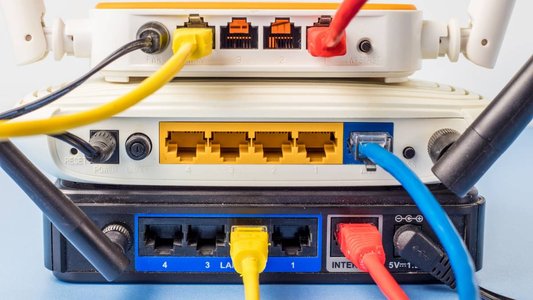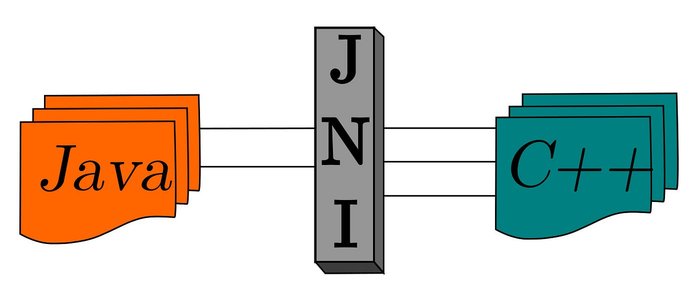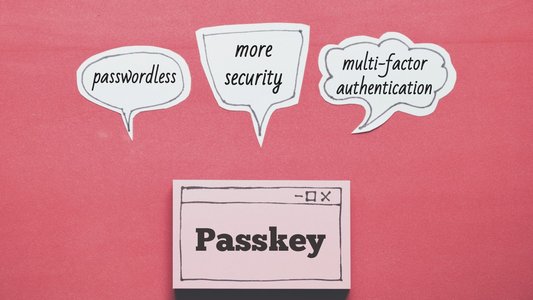In the fast-paced world of online gaming, cheating remains one of the biggest threats to fair play and competitive integrity. Among the most elusive and sophisticated forms of cheating is the use of kernel-based cheats. These advanced techniques operate at a low level within the system, making them incredibly difficult to detect and counter. In this article, we will explore what kernel-based cheats are, how they differ from other cheats, and how modern systems employ kernel-level anti-cheat mechanisms to combat them effectively.
What is a Kernel-Based Cheat?
A kernel-based cheat operates within the Windows kernel, the core part of the operating system with the highest level of access and privileges. Unlike user-mode cheats that run as regular applications, kernel-mode cheats can manipulate game memory, bypass anti-cheat software, and remain hidden from many traditional detection systems.
Kernel cheats interact directly with hardware-level resources, allowing them to exploit vulnerabilities and alter game behaviors without being flagged by standard user-level monitoring tools. This makes them a significant threat in multiplayer environments, particularly in eSports and ranked gaming scenarios.
Why Kernel-Based Cheats Are Hard to Detect
The main reason kernel-based cheats are so difficult to detect lies in their operating level. The Windows kernel has full control over the entire system, including memory management, device drivers, and process execution. Any software that runs in kernel mode is essentially trusted by the system, making it nearly invisible to anti-cheat programs running in user mode.
Furthermore, kernel cheats often use techniques like code injection, driver manipulation, and memory spoofing. These methods allow them to stay hidden even from some of the more sophisticated security tools, which is why dedicated kernel-level protections are necessary to combat them effectively.
Difference Between Kernel Based Cheats and User-Mode Cheats
Understanding the difference between kernel-based cheats and traditional user-mode cheats is crucial for both developers and gamers. Here’s a quick comparison:
| Aspect | User-Mode Cheat | Kernel-Based Cheat |
|---|---|---|
| Access Level | Limited to user permissions | Operates with system-level privileges |
| Detection | More easily detected by anti-cheat software | Harder to detect due to low-level operations |
| Security Risk | Lower risk to system stability | High risk due to deep system access |
| Complexity | Relatively simple to develop | Requires deep system and programming knowledge |
Understanding Kernel-Level Anti-Cheat
To combat kernel-level exploits, game developers have started implementing kernel-level anti-cheat solutions. These systems operate within the same layer as kernel cheats, allowing them to monitor and block suspicious activities with greater effectiveness.
Kernel-level anti-cheat engines are designed to detect unauthorized drivers, prevent memory manipulation, and halt processes that interact with games in unauthorized ways. Popular anti-cheat systems like Riot’s Vanguard and Easy Anti-Cheat have kernel-level modules to ensure robust protection.
Key Features of Kernel-Level Anti-Cheat
▪ Real-Time Monitoring: Constantly scans system-level activities for suspicious behavior.▪ Driver Verification: Ensures only authorized drivers are loaded during gameplay.
▪ Memory Protection: Prevents third-party tools from altering game memory.
▪ Secure Boot Integration: Works with the operating system to block unsigned kernel modules.
▪ Tamper Detection: Identifies and prevents the use of cheat loaders or unauthorized patches.

Risks of Using Kernel-Based Cheats
While some gamers might be tempted by the power and stealth offered by kernel-based cheats, the risks far outweigh the benefits. Here are some of the main dangers:
▪ Permanent Account Bans: Most game publishers have zero tolerance for kernel-level cheating.▪ System Instability: Poorly written cheats can cause crashes and blue screens.
▪ Security Vulnerabilities: Kernel cheats may open your PC to malware and data theft.
▪ Legal Consequences: Involvement in cheat development or distribution can lead to lawsuits.
How Developers Build Kernel-Based Cheats
Creating kernel-level cheats involves deep technical knowledge of Windows internals, driver development, and memory architecture. Developers often use languages like C and C++ to write these cheats. They also need to bypass Driver Signature Enforcement (DSE), which is a Windows security feature requiring all drivers to be signed.
Typical Development Steps
▪ Driver Creation: Write a custom driver to gain kernel-level access.▪ Memory Hooking: Intercept game memory to read/write values without detection.
▪ Bypass Techniques: Implement DSE bypass or exploit vulnerabilities in legitimate drivers.
▪ Code Obfuscation: Use complex logic to hide cheat behavior from anti-cheat systems.
Kernel-Based Anti-Cheat Protections: Effectiveness and Challenges
As effective as kernel-level anti-cheat systems are, they are not foolproof. They require deep integration with the OS, which can raise concerns over user privacy and system stability. Some players may object to giving anti-cheat tools full system access due to potential data collection or performance impact.
Nevertheless, the growing sophistication of cheats necessitates strong measures. With proper implementation, kernel-based anti-cheat protections can be a powerful tool in maintaining fair play.
Future of Kernel-Level Cheat Detection
The future of cheat detection lies in a multi-layered approach. While kernel-level monitoring is essential, it must be combined with behavioral analytics, cloud validation, and machine learning to identify and respond to emerging threats. Developers are also looking into hardware-based security solutions like TPM integration and trusted execution environments.
Legitimate Concerns Over Kernel-Level Access
There is an ongoing debate in the gaming community about whether giving games kernel-level access is ethical or secure. Critics argue that such access can be misused or cause system conflicts, while proponents emphasize that it’s a necessary trade-off to ensure cheat-free gameplay.
Transparency, user education, and opt-in systems can help bridge the trust gap between developers and players.
Frequently Asked Questions (FAQs)
What is a kernel-based cheat?
It is a cheat that operates at the kernel level of the operating system, giving it deep access to system resources and making it harder to detect by traditional anti-cheat tools.
How is kernel-level anti-cheat different from user-level?
Kernel-level anti-cheat runs with higher system privileges, allowing it to monitor and block cheats that user-level protections can’t detect.
Can kernel-based cheats harm my computer?
Yes, they can introduce system instability, crashes, and open vulnerabilities that can be exploited by malware.
Is using kernel cheats illegal?
While not always illegal, using or developing them can violate a game’s terms of service and potentially lead to lawsuits and bans.
Why do developers use kernel-level anti-cheat protections?
To combat increasingly sophisticated cheats that operate at the kernel level, ensuring a fair and competitive gaming environment.
Can anti-cheat systems access my personal data?
Legitimate systems typically follow strict privacy guidelines and only monitor behavior relevant to detecting cheats. Always review the privacy policy of any game or anti-cheat tool.
Conclusion
Kernel-based cheats represent one of the most complex and dangerous threats in the gaming world. Their ability to manipulate system-level processes makes them nearly invisible to standard anti-cheat mechanisms. However, the rise of kernel-level anti-cheat solutions has provided a strong line of defense, ensuring games remain fair and secure. As technology evolves, so too will the methods of both cheaters and defenders, but understanding the core differences and technologies at play helps everyone – from gamers to developers – stay one step ahead.



































